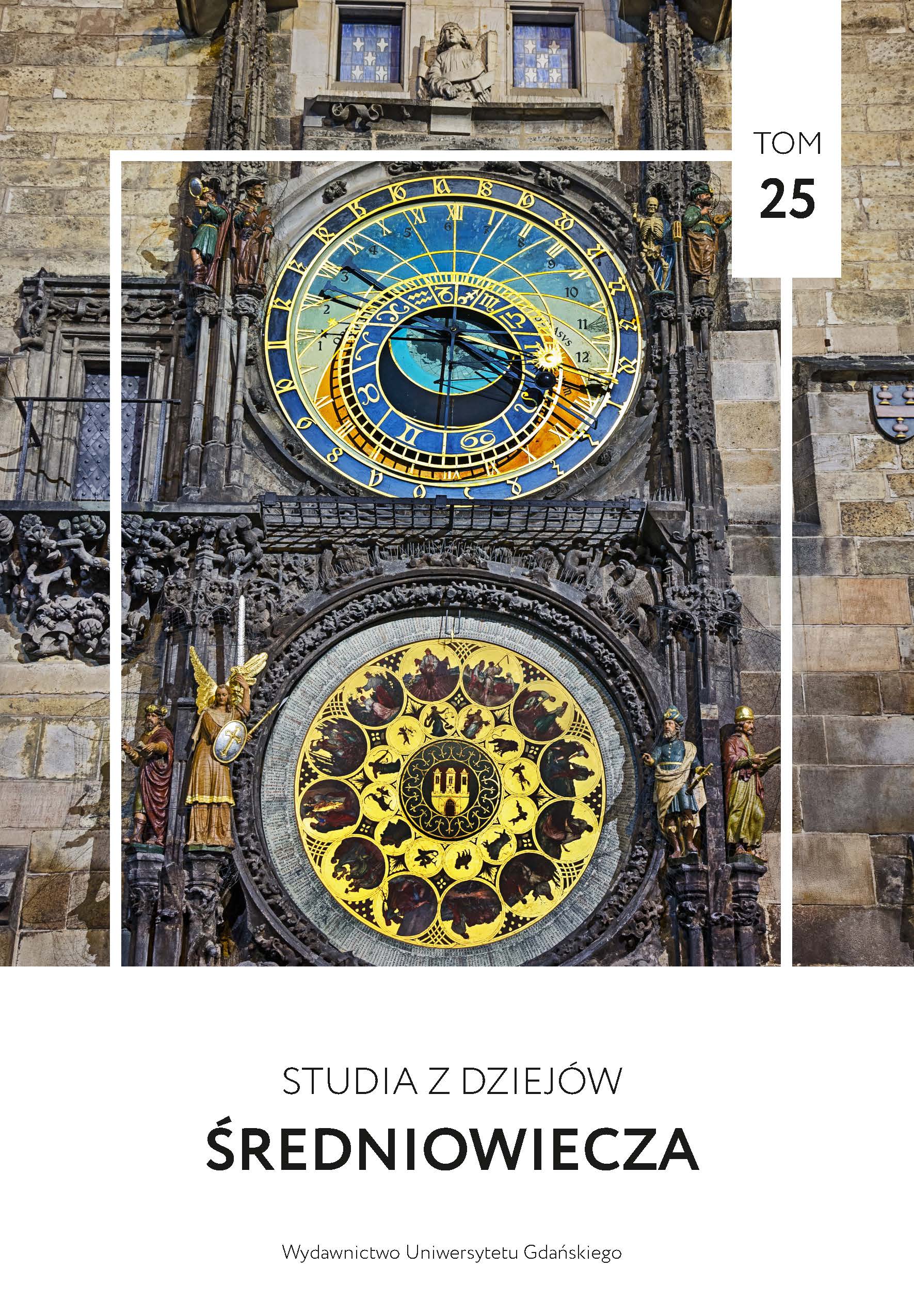Kilka uwag w sprawie roli politycznej hrabiny szweryńskiej Audacji‑Małgorzaty
DOI:
https://doi.org/10.26881/sds.2022.25.11Słowa kluczowe:
Countess Audacja‑Małgorzata, wife of Count Henryk I of Schwerin, Gunzelin III, Denmark, Danish king Waldemar II, Nordalbingen, Pomerania, the German‑Danish war of 1225–1227Abstrakt
Appearing in historical sources under two names, Audacja and Małgorzata, the wife of the Count of Schwerin Henryk I (died 1228) has long aroused the interest of historians. Researchers have investigated her Pomeranian origins. They have attempted to give the history of her family: husbands, sons, and several daughters. They have frequently discussed the matter of her rights to Sławno lands, which her daughter Ermengarde brought to her husband Świętopełk, Duke of Gdańsk. In the scholarly literature from the nineteenth century, there are reflections on the large role that the countess played in the history of Połabia at the end of the 1220s and the start of the 1230s, a history determined by Schwerin‑Danish relations. The very marriage of Audacja‑Małgorzata with Henryk is also a subject of interest here. Although the political circumstances of the countess’s marriage with Henryk I occasion doubts in the literature, there is no doubt her public actions were dominated by the conflict with Denmark. The Countess took an active part in this, not just as the wife of Henryk I, who was himself instrumental in shaking the position of Denmark in the area round the Baltic. Thanks to her, the peace treaties also discussed conditions for the return of territory (or payment of appropriate compensation) taken from her mother by Waldemar II. This point emerged during the discussions with the emissaries of the Empire with Count Henryk I and his allies concerning the liberation of Waldemar II and his son Waldemar III in 1223 and 1224. In the agreement between Denmark and Schwerin in 1225, the Countess, together with her husband and children, was mentioned as a party. She was also mentioned in the fief agreement concluded in 1227 between the Duke of Saxony Albrecht I and Count Henryk I.
After 1228, Audacja‑Małgorzata played a special role on her husband’s death. Then the Countess had to conclude an agreement both with Denmark and the Duke of Brunswick, who was supporting her. Her position at that time is clearly reflected in a letter by Pope Gregory IX, calling on the Countess to free prisoners (the sons of Waldemar II and the Duke of Brunswick‑Lüneburg Otto the Child). Audacja‑Małgorzata’s guiding purpose was probably to make it possible for Gunzelin III, her still (in 1228) underage son, to take power in Schwerin. The basic aim of the conflict with Denmark was achieved, that is to remove Mikołaj, Waldemar II’s grandson, from the line of succession in Schwerin. By agreeing to end the conflict, the Schwerin side gave up the entirety of the ransom that Waldemar II was initially meant to pay and settled for half of it. The betrothal and subsequent marriage of Gunzelin III with Małgorzata of Mecklenburg can be seen as an attempt to build local alliances and as showing a willingness to live at peace with her neighbours.
Thus, it appears that the Countess was reasonably successful in securing her son’s future and once he took power in guaranteeing him peace with all his neighbours. From that moment, the Countess gradually began to withdraw from public life and concentrated on devotional activities. This was what she was known for in the period before her death, which probably took place in 1270.

 Uniwersyteckie Czasopisma Naukowe
Uniwersyteckie Czasopisma Naukowe





